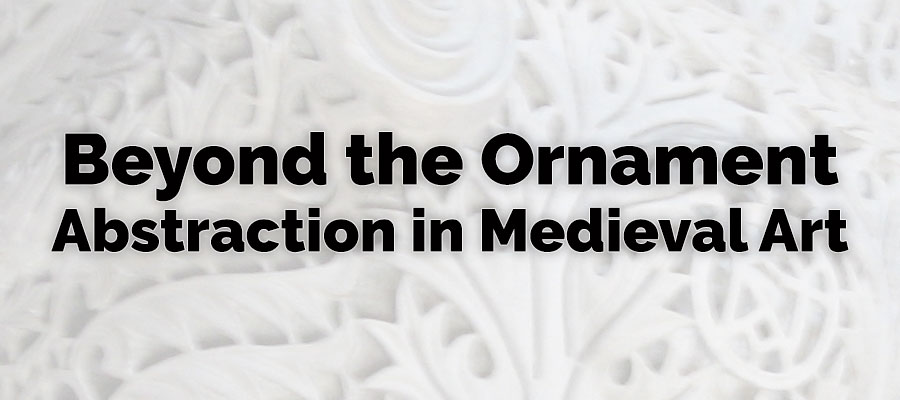Beyond the Ornament: Abstraction in Medieval Art
Scholars are invited to contribute essays to an anthology on medieval manifestations of the abstract. Since Henri Focillon’s eloquent meditation on la vie des formes, originally published in 1939, the subject of abstraction in medieval art has been largely reduced to the study of ornament and questions of style, with occasional forays into the discussion of sacred geometry and exploration of the late Gothic hard style. This collection, which conceives of the long Middle Ages globally, seeks to re-open the question of medieval abstractions, interrogating the term itself and asking about the ways it can be fruitfully applied to pre-modern material culture. It is expected that contributors will approach the concept of medieval abstraction from a multitude of perspectives—formal, semiotic, iconographic, material, phenomenological, epistemological. Scholars whose expertise lies in Islamic, Byzantine, and Asian art are particularly encouraged to submit a proposal.
Abstraction haunts medieval art, both withdrawing figuration and suggesting elusive presence. How does it make or destroy meaning in the process? Is it by detaching itself from matter and foregrounding the figurative? Is it by dissolving the figurative into matter, by calling attention to the surface and to its planar artifice? Do the figurative and the abstract collapse upon each other? In what way does abstraction represent or deny? In which way should we even approach this term? Does abstraction suggest the failure of figuration, the faltering of iconography, and can it truly escape the semiotics of color or form? To what extent is abstraction beholden to the field of mathematics? To other disciplines? Does medieval abstraction function because it is imperfect, incomplete, and uncorrected—and therefore cognitively, visually demanding? Just how closely are medieval abstraction and vision connected, and to what extent is the abstract predicated on theorization of the unrepresentable and imperceptible? Is there something intrinsic about the connection between abstraction and the divine? How much can the abstract really comprehend and elide with the aniconic? Does medieval abstraction pit aesthetics against, say, liturgy, or does it enrich it, or frame it, or both? How, finally, does it define its viewers, medieval and modern? These questions provide but a starting point for the possible approaches to the volume’s theme.
